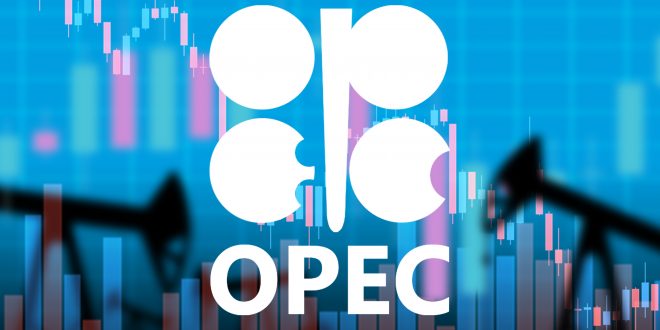Since OPEC+ started retrogressive last year the record cuts from April 2020, the group has been struggling to meet its production quota as many members lack spare capacity or investment to increase production.
OPEC+ is currently pumping 2.6 million barrels per day (bpd) of oil below its target, and efforts to push output per the monthly plans are “not encouraging” according to the UAE energy minister. “We have seen the conformity (to output cuts) of the OPEC+ group and the conformity was more than 200%,” the UAE’s Energy Minister Suhail al-Mazrouei said at an energy conference in Jordan.
OPEC+ decided last week to accelerate its monthly oil production increase to nearly 650,000 bpd for July and August as the group looks to compensate for falling production in Russia amid expectations of strong fuel demand this summer.
The UAE is actually one of the very few with some spare capacity, as is OPEC’s top producer Saudi Arabia. The Saudis, OPEC’s second-largest producer, Iraq, and the third-largest, the UAE, are the only producers with enough spare capacity.
OPEC’s African members Nigeria and Angola are struggling with their targets, while the leader of the non-OPEC producers in the pact, Russia, is trying to stop a production decline as its oil is now under sanctions, bans, and embargoes in the West.
The higher monthly production hike was seen by the market as not enough to offset supply losses from Russia or to meet what is expected to be a strong summer fuel demand despite record fuel prices in many countries. China is gradually returning from lockdowns in some major cities, also supporting the outlook that demand will strengthen. At Wednesday’s conference in Jordan, the UAE’s al-Mazrouei said, “The risk is when China is back,” referring to Chinese demand and OPEC+’s ability to supply as much crude to the world as its pact says.

 Noor Trends News, Technical Analysis, Educational Tools and Recommendations
Noor Trends News, Technical Analysis, Educational Tools and Recommendations




